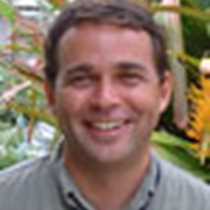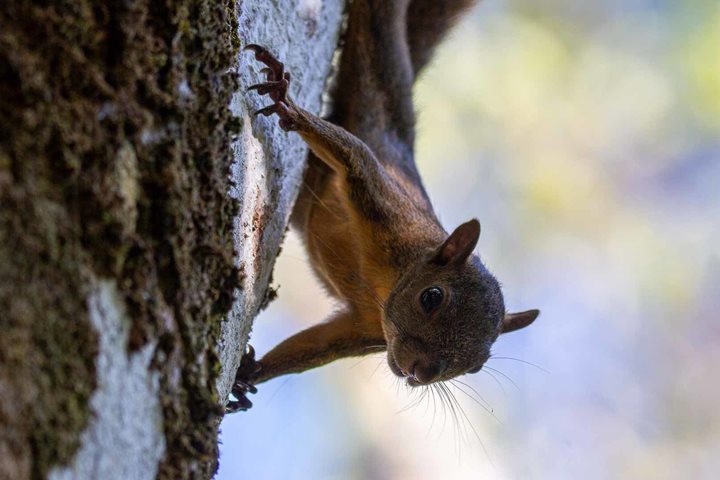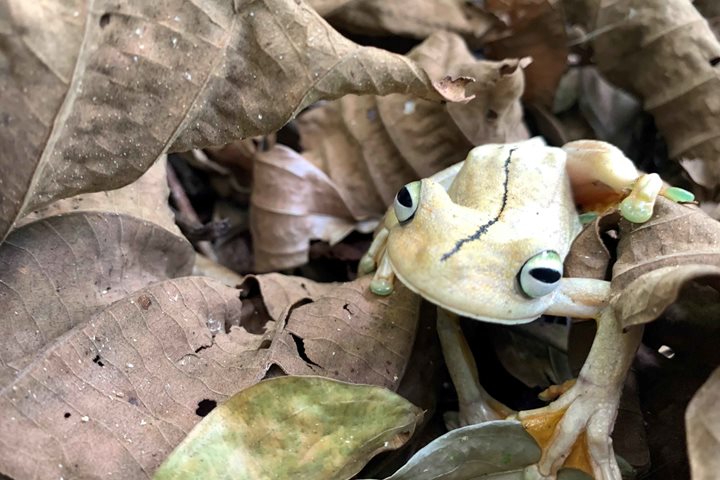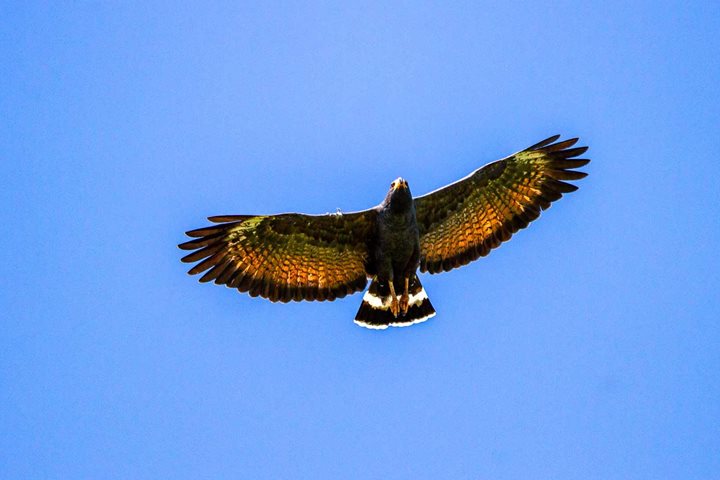As Costa Ricans, we feel really proud of the phenomenal effort to protect many pristine ecosystems. Currently, we possess approximately twenty-five percent of our territory dedicated to conservation. On the other hand, we do not leave all these efforts to our authorities, there is a large amount of small property owners helping create buffer zones adjacent to national parks, providing biological corridors among the state parks.
The Osa Peninsula is a cornerstone in our history of conservation, due to the past enormous effort to expel gold extraction, loggers, hunters and large developers from this area. The task is still immense and our presence with National Geographic Sea Lion it is fundamental for projecting this pristine habitat to our guests and the world.
A vivid color sunrise with partially cloudy skies and some rain started our second day in Osa Peninsula. Our visit to Caletas reserve in the morning opened a marvelous environment; the lowland rainforest reaches the coast and waves crash against the ancient lava flows shaping unique forms on this shoreline. There is beauty everywhere: the sounds of scarlet macaws, riverside wrens, cocoa woodcreepers and howler monkeys escorted our walks in the reserve. Our grand finale at Caletas was a picnic lunch under the shade of coconut palms and mango trees.
At mid-afternoon National Geographic Sea Lion dropped anchored in the heart of the peninsula at San Pedrillo Station in Corcovado National Park. For all of us, it was hard to believe how remote and wild this part of Costa Rica is. The waterfall trail provided a river basin walk where some animals became visible, such as the American crocodile and basilisk lizards. On the other hand, Pargo Trail rewarded our small group of guests an example of Mother Nature’s dynamics: a group of juvenile white-faced capuchin monkeys hunting and feeding on an arboreal rodent of the Muridae family. Capuchin monkeys are recognized to be omnivorous, meaning they have a very broad diet found in the forest, however in reality it is rare for us to observe them feeding on other vertebrates.









